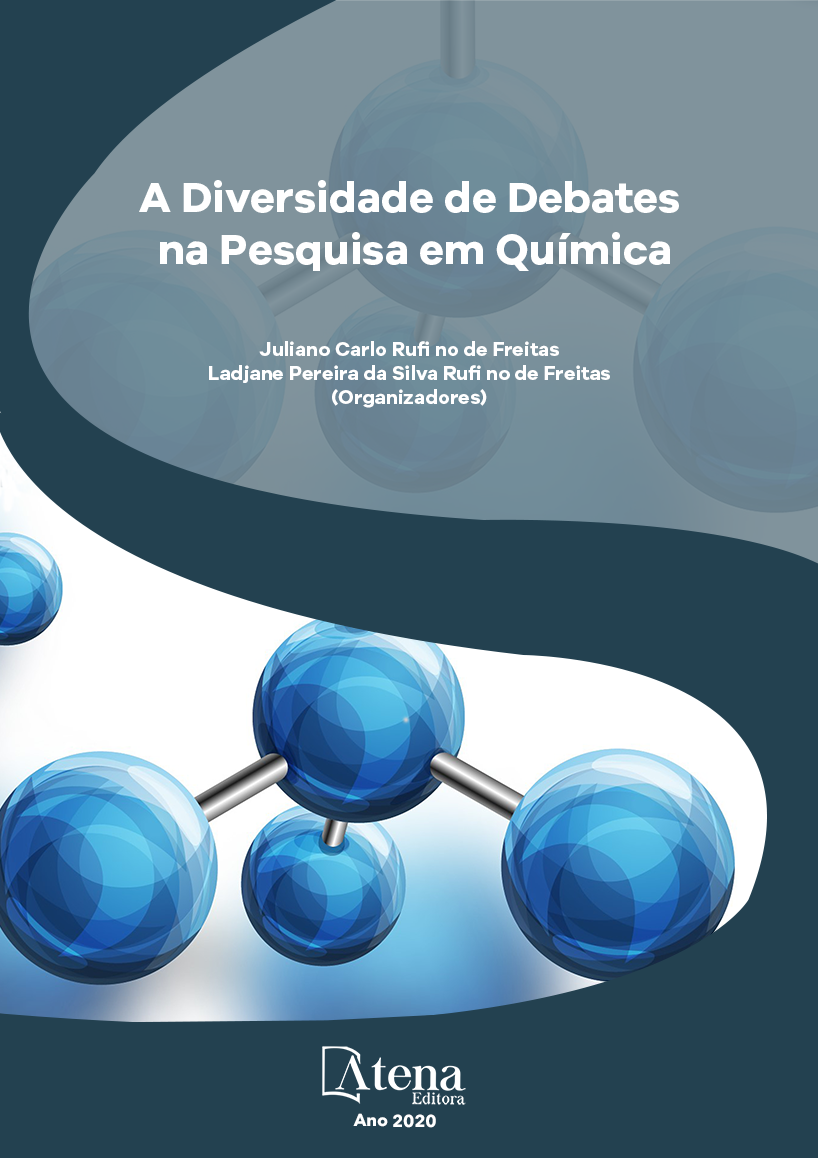
OBTENÇÃO CATALÍTICA DE 4-AMINOFENOL EM MCF IMPREGNADA COM OURO
Este trabalho objetivou abordar estratégias para suportar nanopartículas de ouro usando HAuCl4 em Espumas Siliciosas Mesocelulares (MCF) para aplicar na reação de conversão de 4-nitrofenol (4-NF) a 4-aminofenol (4-AF). Longos períodos de reação e custos da mesma foram analisados. Quatro diferentes materiais foram sintetizados a partir da variação da concentração da solução de HAuCl4 a ser suportada na MCF. A catálise foi realizada em sistemas descontínuos e leito fixo, nos quais a mesma solução de reação foi usada. Os espectros de absorvância UV-VIS das soluções foram realizados para medir o desempenho do catalisador. A carga de ouro sobre a estrutura foi indicada pelo pico de Au (111). Isotermas de adsorção/dessorção de nitrogênio e microscopia eletrônica de transmissão (MET) reforça a estrutura mesocelular do material. Os espectros UV-VIS para os testes em batelada mostraram que o suporte puro não foi capaz de reduzir o 4-nitrofenol em 4-aminofenol, no entanto a conversão aumentou com o aumento da relação Au / Si. Para o leito fixo, a maior conversão correspondeu à amostra com relação Au / Si = 0,019. Quando a carga de ouro aumentou bastante, partículas a granel de ouro foram formadas fora do suporte sofrendo lixiviação. Com um reator de leito fixo e variações de fluxo volumétrico, foi possível obter taxas constantes para a reação de primeira ordem assumida. Testes envolvendo ciclos de material usado demonstraram sua estabilidade e resistência à lixiviação, provando que o MCF é adequando para o transporte de nanopartículas de ouro.
OBTENÇÃO CATALÍTICA DE 4-AMINOFENOL EM MCF IMPREGNADA COM OURO
-
Palavras-chave: espumas mesocelulares, redução catalítica, 4-nitrofenol.
-
Keywords: mesocellular foams, catalytic reduction, 4-nitrophenol.
-
Abstract:
This work aimed to approach strategies to load gold nanoparticles using HAuCl4 in mesocellular siliceous foam (MCF) to apply on 4-nitrophenol (4-NP) to 4-aminophenol (4-AP) reaction. Long reaction times and cost were analyzed. Four different materials were synthesized from the variation in the concentration of HAuCl4 solution to be loaded in MCF. The catalysis were performed on batch and fixed bed systems in which the same reaction solution was used. The UV-VIS absorbance spectra of the solutions were carried out to measure the performance of the catalyst. Gold charge over MCF structure was indicated by the Au (111) peak. Nitrogen adsorption/desorption isotherms and transmission electronic microscopy (MET) reinforce the mesocellular structure of the material. The UV-VIS spectra for the batch tests showed that the pure support is not able to reduce the 4-NP, however, the conversion increased with Au / Si ratio. For the fixed bed, the highest conversion corresponded to the sample with Au / Si ratio = 0.019. When the gold load is greatly increased, gold bulk particles were formed off the support, which were easily leached. Using a fixed bed reactor and volumetric flow variations, it was possible to obtain the constant rates for assumed first order reaction. Tests involving cycles of used material have demonstrated its stability and resistance to leaching, proving that the MCF is suitable for carrying gold nanoparticles.
-
Número de páginas: 15
- Marielly Lemes Gonçalves
- Cristiane de Araújo da Fonseca


